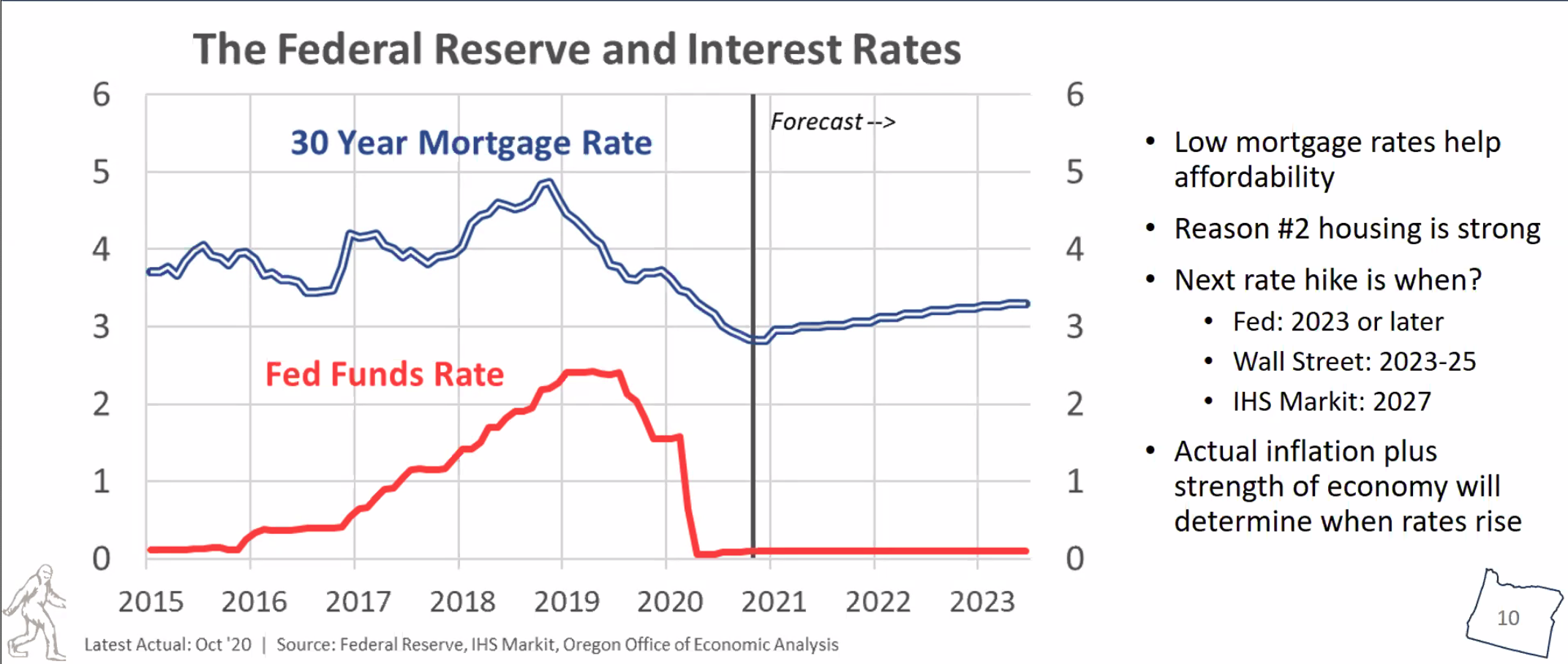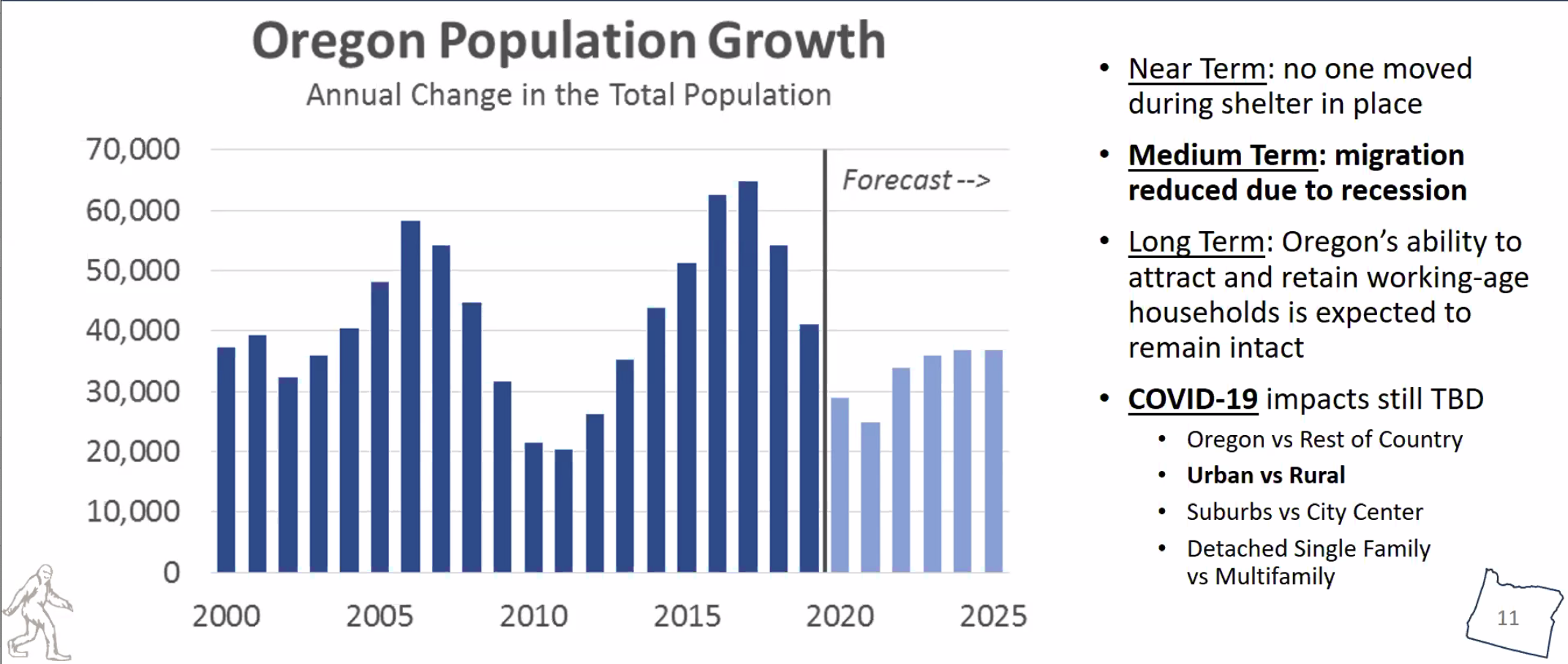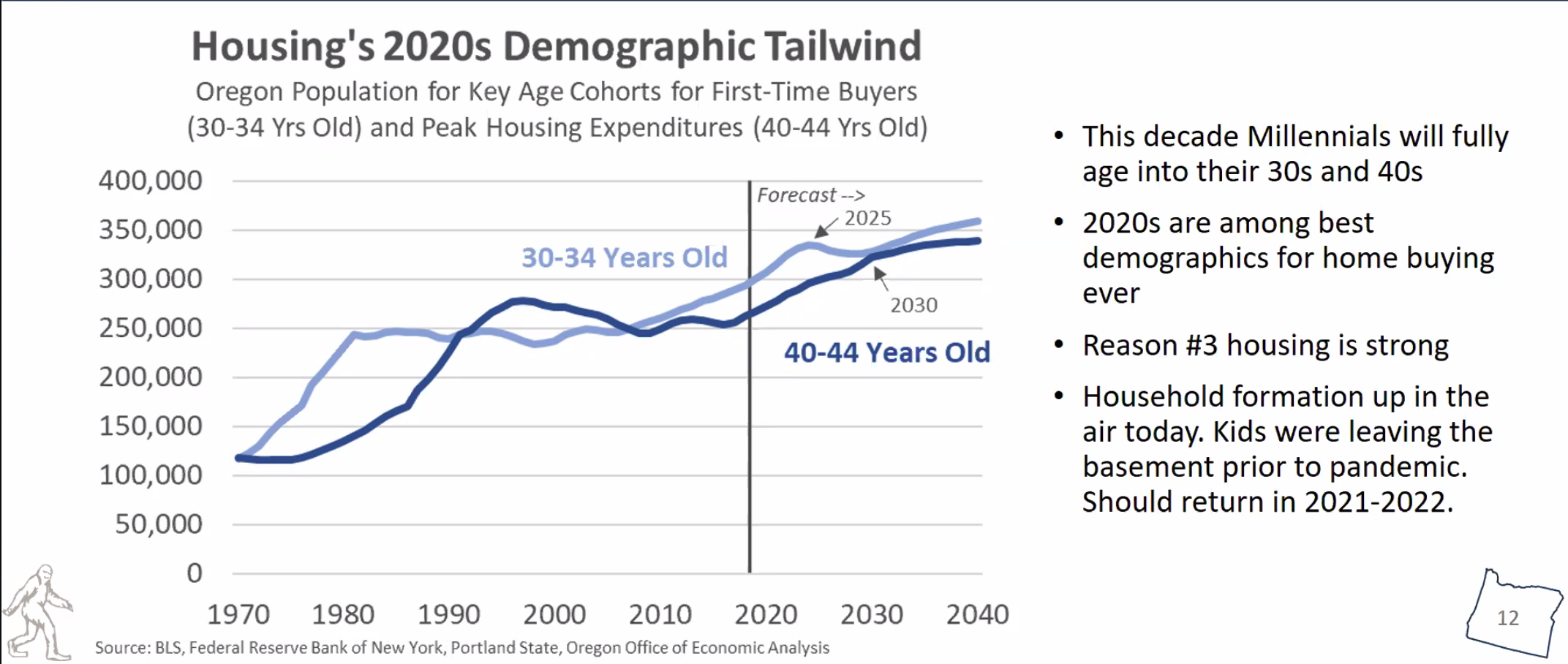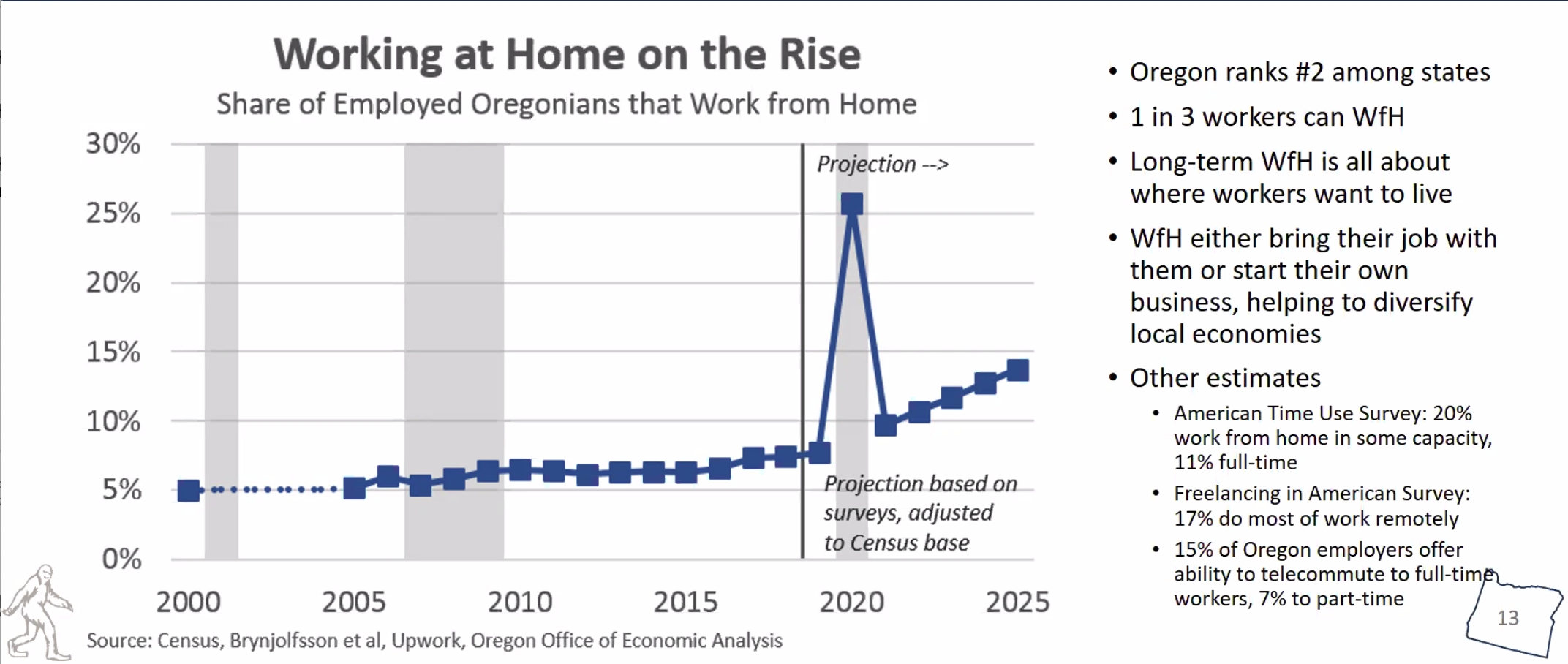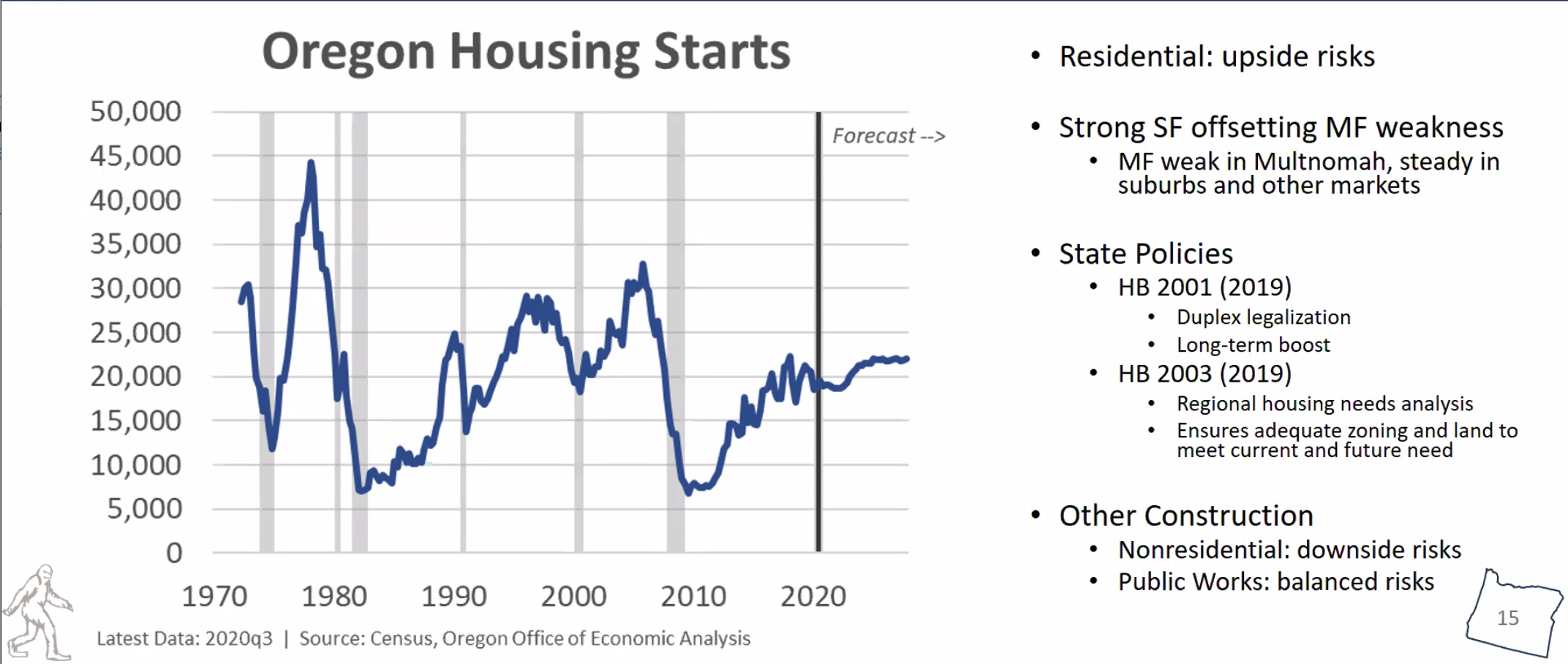By Andy Meeks, March 1, 2021
That’s a question that a lot of people are trying to answer, as we face unprecedented price increases due to historically low inventory, not just in Portland, but in markets across the United States. Not surprisingly, COVID’s effects are widespread and also somewhat subtle. This was the subject of a front page article in the New York Times late last week titled “Where Have All The Houses Gone”
Below is a chart with five representative housing markets showing inventory at or (far) below 50% of levels from one year ago. Last month, Portland was at 55% below the inventory levels from January 2020. Of course, this has huge impacts for both buyers and sellers. And while sellers are the beneficiaries of high prices, they also have to then find themselves replacement housing and come up against the same pressures that buyers are facing. It’s a tough cycle with no clear off-ramp in sight for the near future.
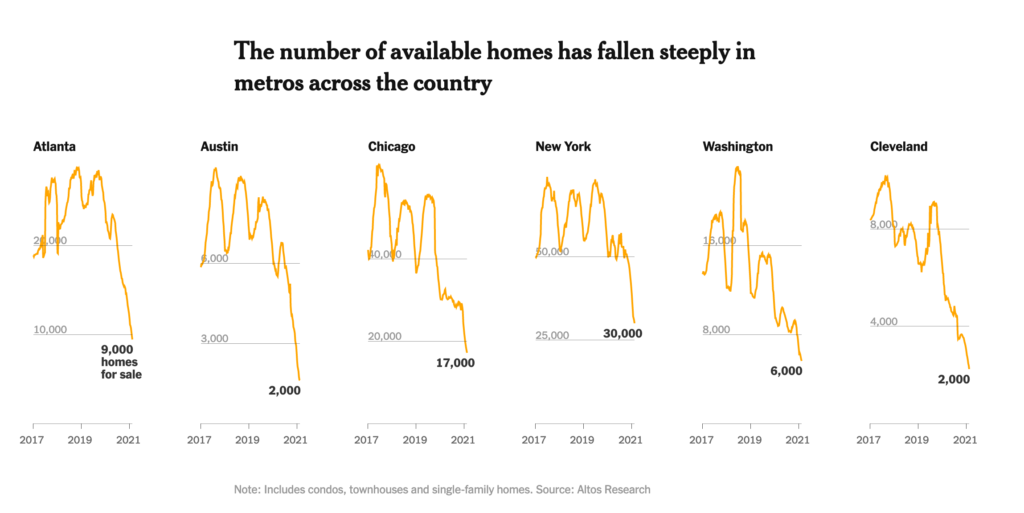
This pull quote from the NYT article encapsulates the complexity of factors involved: “We’re all looking for a unified field theory for what’s going on,” said Mark Zandi, the chief economist at Moody’s Analytics. “We have all these disparate pieces of information. Everyone’s got their own telescope looking up into the sky, measuring different things. It’s hard to put it all together.”
===
Here in Oregon, one of those people with their telescope to the sky is Josh Lehner from the Oregon Office of Economic Analysis
Josh writes frequently about all aspects of Oregon’s economic outlook, always supported by great research and with an accessible narrative. I recently sat through one of his webinars about the housing market and I wanted to share some of his insights below. You can also subscribe to Josh’s free newsletter HERE
Josh is bullish on the housing market sustaining further growth, supported by a forecast of steady, low 30 year mortgage rates to continue to bolster buying power, but also shows some factors that will continue to stress inventory, such as a flat forecast for housing starts and the Millennial generation fully aging into the prime buying years of the 30s and 40s. One interesting note is the slide below showing how the number of people working from home will continue to steadily increase in the coming years. In short, we won’t be going back to our old ‘normal’ in terms of work arrangements and how we view our homes.
Speaking of old normals, it remains to be seen whether inventory will start its traditional annual increase as March begins…we can only hope it does.
